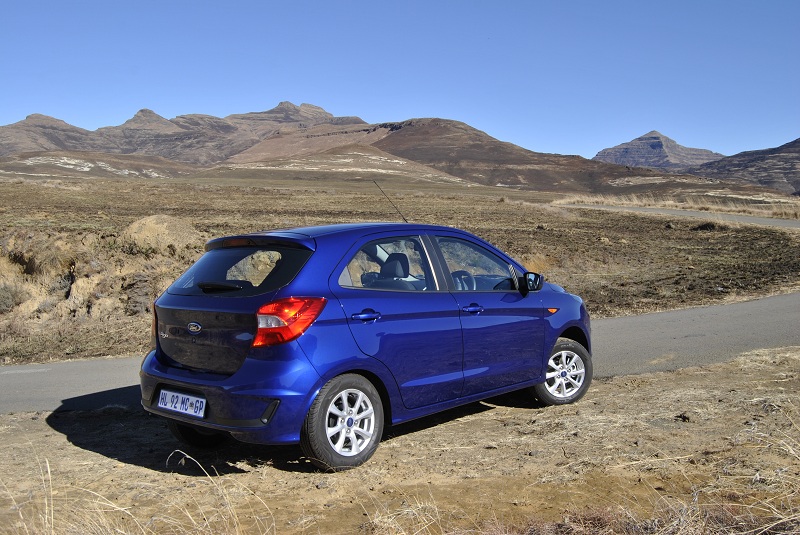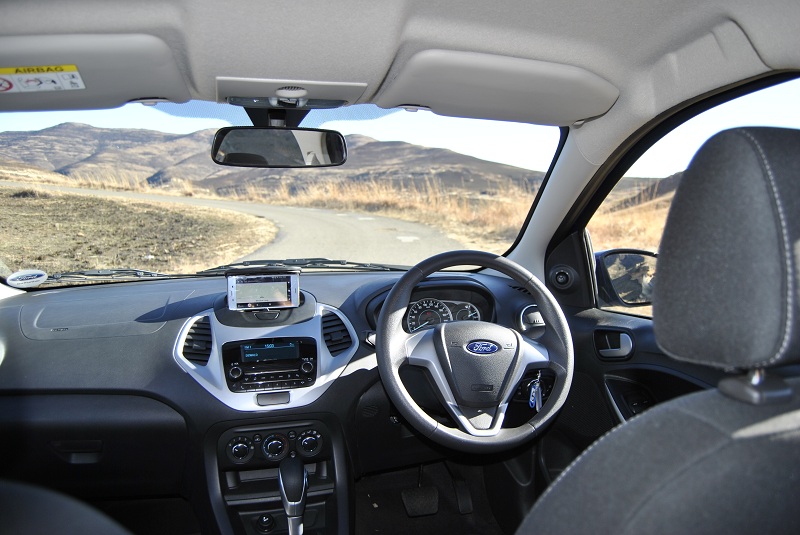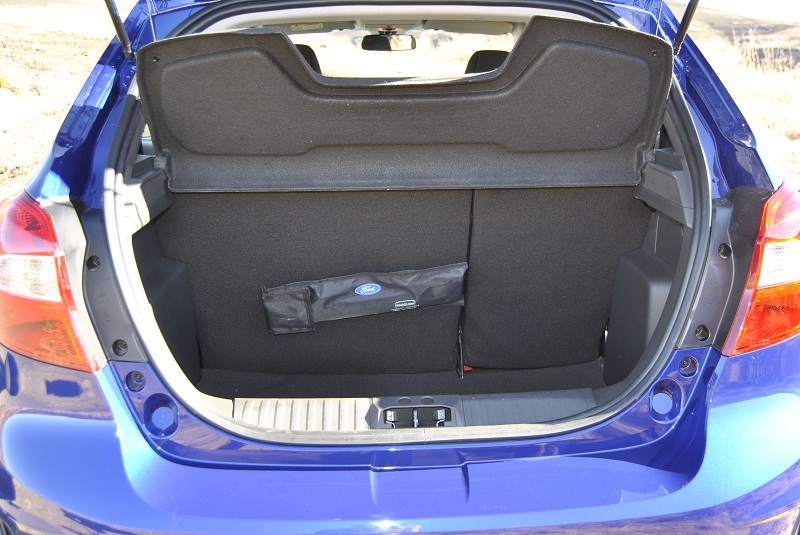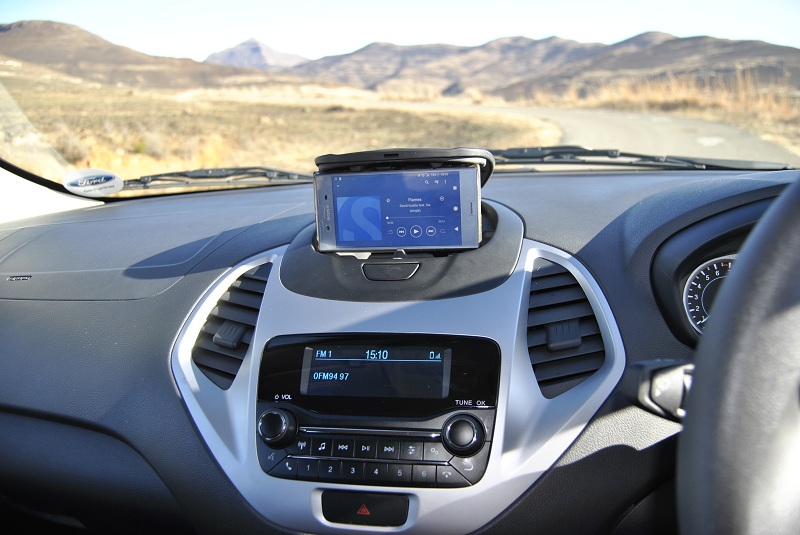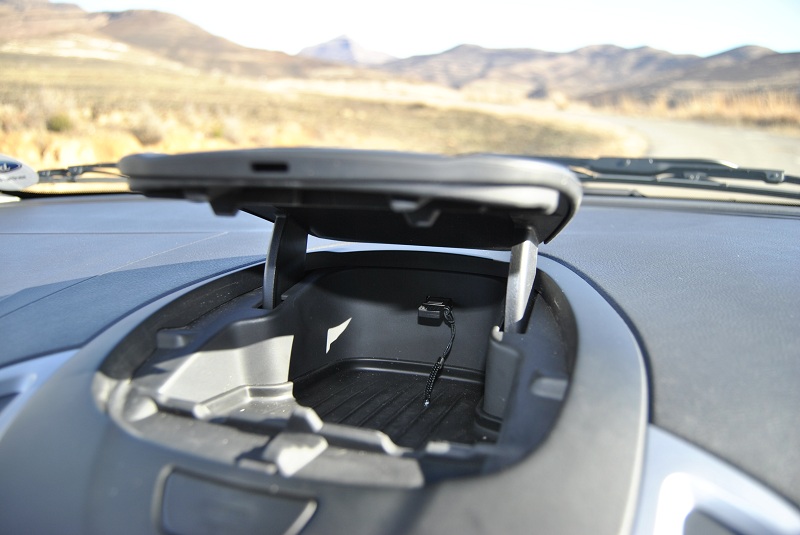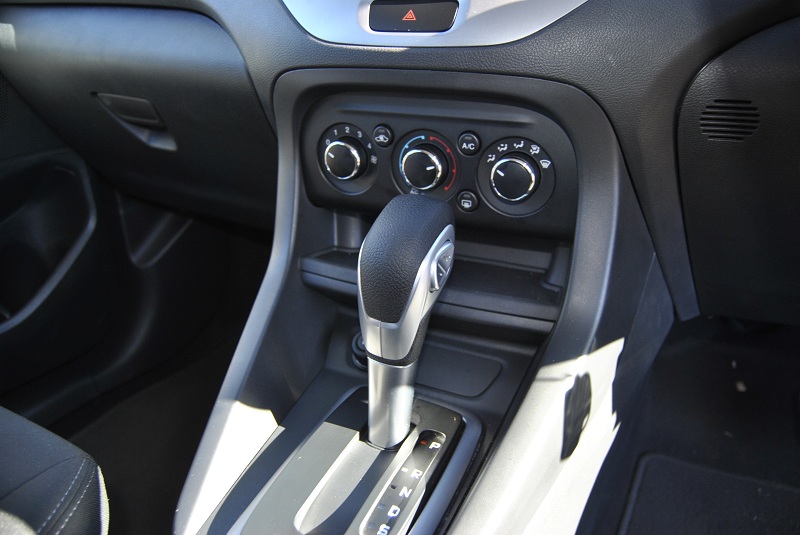A city car wanting to go premium
After all, the original had been a runaway success in spite of essentially being a reworked sixth generation Fiesta made in India as opposed to Germany, and without a few nice-to-have features in order to keep pricing down. As it turned out, these factors failed to put off many buyers who appreciated what was still very much a modern upper A-segment challenger unlike the outdated Ka that preceded it.
The unveiling of the refreshed Figo back in June therefore came as somewhat of a surprise given its relatively fresh shelf life, and the fact that it has maintained respectable rather than stellar sales until then.
Regardless of whether the changes were needed or not, the biggest taking point of the Figo is its all-new engine, which resulted in this writer deciding to undertake a road trip into the heart of the country when the top-spec Trend arrived for the weeklong stay.
The new face of Figo
While there was nothing inherently wrong with the Figo in the styling department, Ford has nonetheless incorporated a number of small but easily identifiable changes such as the restyled, Aston Martin-derived grille, new fog lights with chrome C-shaped surrounds, updated front and rear bumpers and new taillight clusters.
Finished in the rather sporty looking Deep Impact Blue hue, the Figo is hardly a styling revolution over the model it replaces, yet it still comes across as anything but offensive or ugly even if the 14-inch alloy wheels appear tiny and lost underneath the comparatively upright body.
Sparse interior underwhelms
Even less of a revolution is the interior which appears bare and under-equipped even by today’s city car’s standard. Aside from the new dashboard and seat fabrics, the Figo’s only other addition is upgraded materials, which still feels cheap and in some cases, nasty despite its market placing. Also not a strong point it the relatively small boot and pinched head and legroom for rear passengers.
With Ford having dropped the Titanium from the range, the Trend is now the new flagship and as such, loses out on a number of items such as the steering wheel mounted audio controls and the now dated smartphone inspired audio system with its mailbox-like static display.
Docking your phone
What it does however have is the unique Ford Dock cradle which comes in the form of cubby on top of the dash, whose lid can be adjusted to accommodate any smartphone with added recesses to keep in place. Effectively, this results in a touchscreen-like setup with a further help being the USB and Aux inputs that have now been relocated into the cradle itself from being behind the gear lever.
Despite being a nifty feature, the rest of the Figo’s cabin is basic and includes on the essential items such a four-speaker audio system with Bluetooth and voice activation, the carryover shelf located underneath the heating, ventilation and air-conditioning switches, electric widows all around, electric mirrors, a single 12-volt power socket, a full trip computer and dual front airbags as well as ABS and EBD.
The Dragon in the room…
As mentioned, the Figo’s main drawing card is up front where Ford has dropped the 1.5-litre TDCI turbodiesel engine and the previous 1.5-litre four-cylinder petrol for an all-new three-cylinder motor, rather optimistically dubbed Dragon.
Like its Duratec predecessor, the Dragon displaces 1.5-litres but produces an additional five kilowatts and 14Nm for a total of 88kW/150Nm. As promising as this sounds, the curveball comes in the form of the six-speed automatic gearbox fitted to our tester.
… and it power sapper
Replacing the previous six-speed Powershift dual-clutch ‘box, the new torque converter tranny has been programmed for efficiency and not only gets confused by sudden throttle inputs, but also reacts too slowly, leaving the Figo without any Dragon-like powers when you need it.
A sport mode is available, although this involves using the awkwardly placed, and ultimately forgettable, buttons on the side of the gear lever. The hesitant ‘box really comes as shame as the new engine feels lively and more than willing to cart the 1 047kg Figo around with little effort.
Oven road friendly and frugal
Out on the open road, the Figo surprised with its level of refinement for a city car, in that it offers a compliant ride and devoid of the usual three-cylinder thrum at the national limit. The less than perfect drivetrain came as a slight concern from a consumption standout, but ultimately saw the Figo record a best of 6.0-litres/100km, bettering Ford’s claim by 0.5-litres/100km after just under 1 000km and seven days.
Conclusion
A certain amount of credit must be given to Ford for wanting to take its smallest model more premium in a segment that its budget focused, as the Figo succeeds on a number of platforms such as in the styling and ride department.
It does however come across as sparse on the inside and as good as its new engine is, it is best sampled with the five-speed manual gearbox which at R190 600, makes the Figo a better, but only just, value proposition over the auto’s R205 700.



